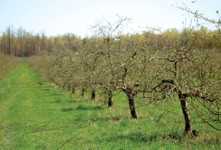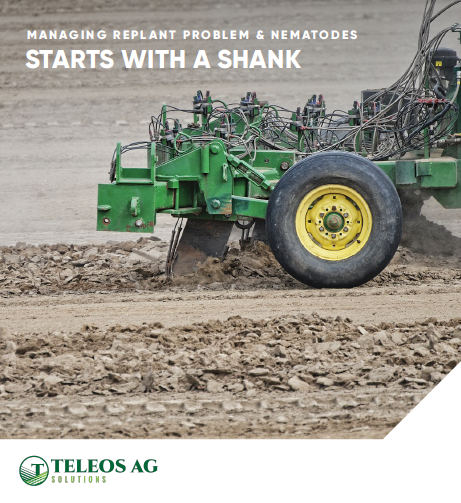Getting Into Apples

Enter “organic apple” in a Google search, and you will get thousands of documents that contain those words. Despite the seeming abundance of information relating to organic apple production, finding practical “how-to” info is surprisingly difficult. We still lack a good comprehensive, science-based organic production guide for apples.
Because organic apple production is in a state of flux, no one can provide a “how-to” list that will work for all growers in all locations. The good news is that methods do exist for producing apples organically in the Northeastern U.S. The bad news is that profitability of those systems remains questionable.
Planning For Organic Production
A critical first step for anyone planning to start an organic orchard is to consult with the organization that will provide organic certification for your orchard. Methods acceptable in organic production have been standardized by federal law, but many details are left to the discretion of the local certifying organization. Any land formerly used for traditional agriculture (i.e., receiving conventional fertilizers and/or pesticides) must go through a three-year transition period before crops produced on that land can be certified as organic. Misunderstandings about what your certifying organization will accept can result in an extended transition period. Get all recommendations in writing so that they will be available for future reference.
A second critical step in organic production is determining how the crop will be sold. Selling several hundred bushels of locally produced organic apples is relatively easy right now. However, the market is likely to become more competitive as more growers attempt to capitalize on the premium currently offered for organic apples. A well-managed block of organic apples should produce at least 800 bushels of apples per acre, so a marketing strategy will be critical for anyone planning a five or 10-acre block of organic apples.
Planning The Orchard
To date, most growers interested in organic apple production have focused on transitioning existing orchards over to organic production. BIG MISTAKE! Existing orchards usually contain the wrong varieties at the wrong spacing in the wrong location with soils that need major fertility and/or pH adjustments. Furthermore, the three-year costs of transitioning to organic are substantial and the crop during those three years has no increased value compared to conventional fruit.
A more logical approach is to plan an organic orchard as a new planting. The new orchard will include cultivars that are resistant to apple scab (for reasons described below), and some of these will need to be custom-budded by nurseries. While the trees are being produced in the nursery, the land can be properly prepared for planting by adjusting soil pH, adding fertility via animal manures, and planting cover crops that will increase the soil’s organic matter. Using the orchard establishment and training systems developed by experienced horticulturists, newly planted orchards should produce a substantial harvest the third year after planting. If trees are planted during the second year of transitioning land to organic, then the first organic apples should be available for sale less than three years after trees are planted.
Selecting Varieties
Identifying the right mix of varieties may be the greatest challenge in orchard establishment. Scab-susceptible cultivars such as McIntosh have no place in organic orchards because they will require constant spraying with sulfur and liquid lime-sulfur (LLS). Repeated applications of sulfur and/or LLS will reduce yield by at least 20% to 25%, and there are no other organically approved fungicides that will control apple scab. Furthermore, the fuel costs associated with spraying sulfur/LLS 10 or 15 times during the season will only increase in coming years. If consumers begin buying products based on energy use or “carbon footprint,” then organic apples sprayed 15 times per year with sulfur may ultimately prove no more acceptable than conventional non-
organic apples.
Fortunately, we now have many good apple cultivars that are either fully or partially resistant to apple scab. Paulared, Sansa, and Honeycrisp are commercialized cultivars with sufficient scab resistance to make them attractive for organic farms. Redfree, William’s Pride, Priscilla, Enterprise, Crimson Crisp, Sundance, and Goldrush are all scab-resistant cultivars from the Purdue-Rutgers-Illinois breeding program. All of these except Enterprise are highly susceptible to cedar rust diseases. Topaz and NovaSpy are other cultivars worth considering. All of these cultivars have their limitations, some of which are described in a 1995 summary that is available at http://orchard.uvm.edu/sap/srcupdate.html.









